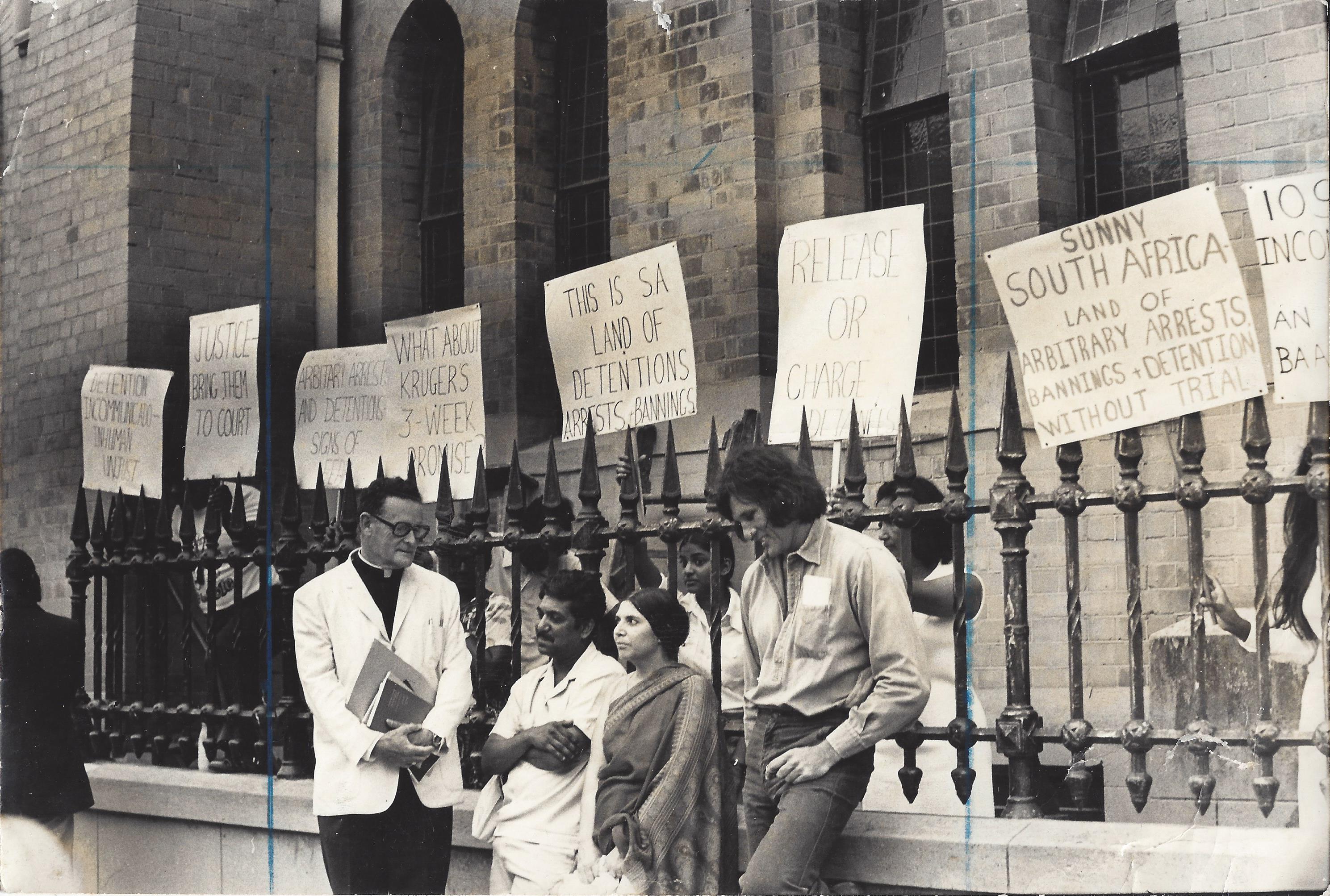The first thing that strikes you about the leafy garden suburb of Yellowwood Park, just 14 kilometers from Durban, is that the majority of the roads are named after birds - Lark Lane, Kestrell Road, Wren Way - and that, as these may well indicate, this is a birdwatcher’s paradise, particularly with the Kenneth Stainbank Reserve well within its parameters.
Bordering on Chatsworth and south west of Durban, Yellowwood Park has a real sense of village life.
The Barberspan Bird Sanctuary is a huge 2000 ha body of water located between Delareyville and Sannieshof. The Reserve is a pioneer in ornithological research. Bird Life South Africa has declared it an important national birding site. Given then that it is also a RAMSAR Convention-accredited wetland of international importance for migratory birds and waterfowl, it is well worth a visit. The pan is the focal point of a provincial nature reserve and is fed by the Harts River.
This Historical Town in the vast North West Province has a rich History that is deeply rooted in South African Culture.
Document Preview
Document Preview
Document Preview
Document Preview
Document Preview
Document Preview
Protest against Detentions

Protest against detentions in front of Emmanuel Cathedral, Durban 1975.
From left to right: Bishop Hurley, Unknown, Fatima Meer and Mike Kirkwood